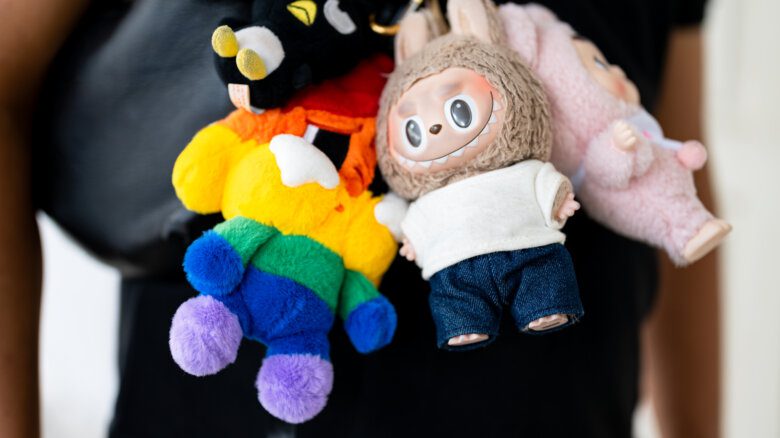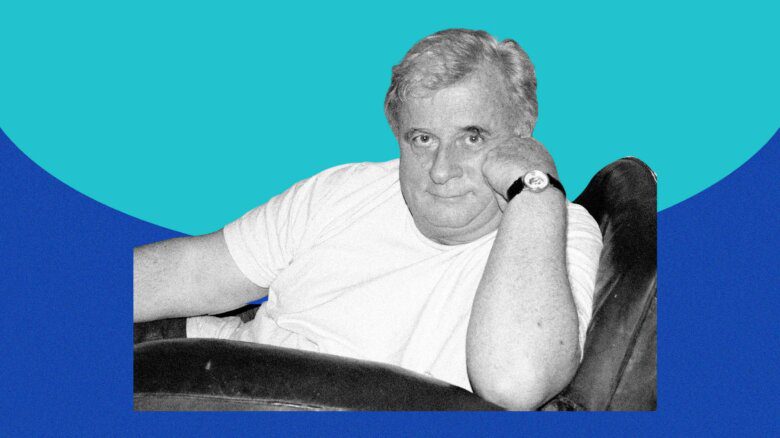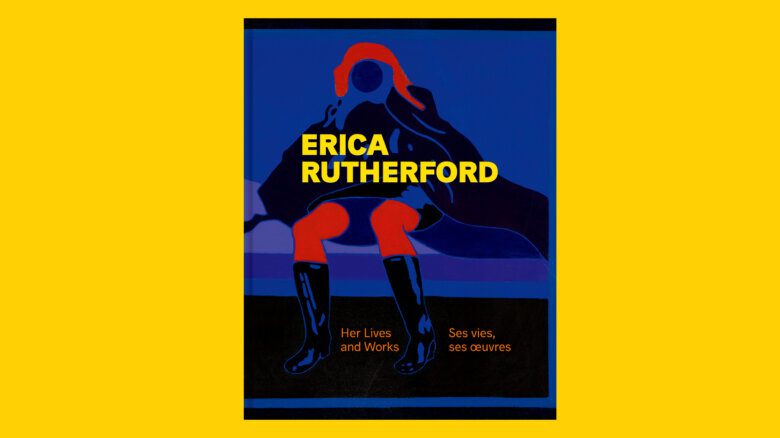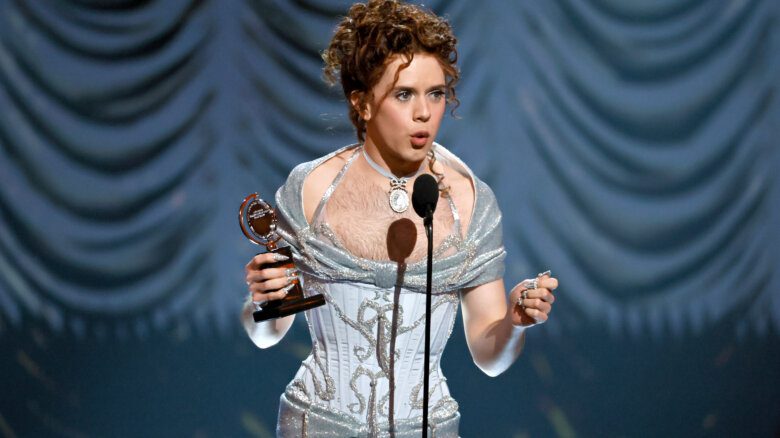“You have to read this,” he said.
My friend Mike was showing me his copy of Man Enough To Be a Woman, the autobiography of Jayne County. We had been talking about County and her in-your-face performances, things both of us were too young to have experienced during County’s heyday at Max’s Kansas City.
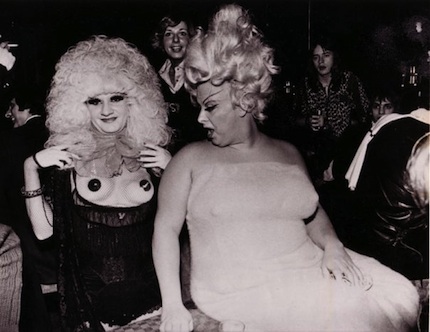
Jayne and Divine
I first read about County when I was a teenager. I was fascinated by the culture that existed in New York City during the late ’70s, when the art world mixed with punk, and punk mixed with disco and dub, and everybody lived in cold-water flats. It was all romanticized in my adolescent mind. Max’s Kansas City was where that seismic shift in culture was happening, and Jayne County was one of the biggest shakers of the bunch.
County was a no-holds-barred performer. At Max’s, she was an iconoclast, a jarring and beautiful counterpoint to the über-femme of Warhol’s beauties. This is not to say that County was (or is) not beautiful, or even femme at times. But she didn’t take no shit, and she threw shade like it was bowling ball.
My favourite story about County – one that I especially like to tell straight dudes who think queers can’t be tough in rock ’n’ roll – is how she was performing one night, when “Handsome” Dick Manitoba decided to berate her while she was on stage. County took her mic stand and promptly thwacked Manitoba with the base of the stand, breaking Manitoba’s collarbone. “Who’s the faggot now?” I can imagine County saying.
Unfortunately, the masses weren’t ready for County’s songs about “Toilet Love.” But she is remembered by punk rock aficionados, queer history buffs and people like me. She recently appeared in Butt magazine and in the film Squeezebox and continues to write a blog, where she shows some of her art.
To Jayne County, a true pioneer.

 Why you can trust Xtra
Why you can trust Xtra